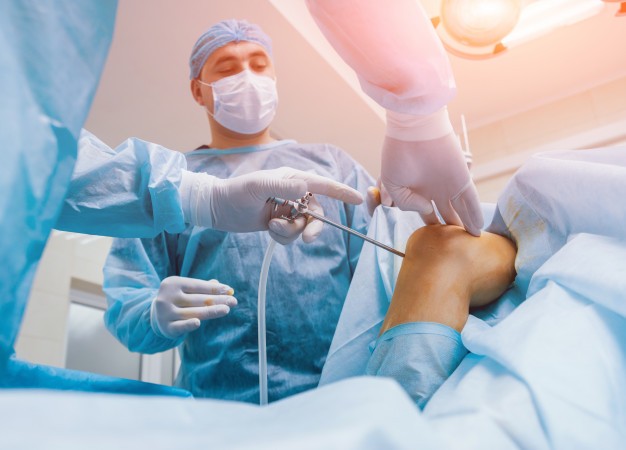Dr. Abhishek Shinde
Orthopaedic-Surgeon
Dr. Abhishek Shinde, an orthopedic surgeon, can diagnose and treat multiple forms of bone and joint injuries using minimally invasive techniques. The use of an arthroscope, a special thin tool intended for viewing and treating problems within a joint, is the most minimally invasive orthopedic surgery. The arthroscope is so thin that, rather than longer incisions, it can be inserted into the joint by one or more small “keyhole” cuts through the skin. The arthroscope is equipped with a state-of-the-art miniature camera and a specialized lighting system that allows viewing on a display of the structures within the joint

The surgeon may mount special instruments to the end of the arthroscope to shave, cut, or remove trouble-causing tissue or bone. Arthroscopic or keyhole joint surgery is routinely performed. Repairing cartilage and meniscus issues in the knee, and eliminating inflammation, and repairing rotator cuff tears in the shoulder are the most common arthroscopic procedures. About 700 arthroscopes a year are performed by Dr.Abhishek Shinde. Via keyhole surgery, hip resurfacing is also performed.
Meniscal Repair
A very important part of the knee joint is the meniscus. It functions primarily as a shock absorber for the knee.
Meniscal tears are very common and the diagnosis of knee pain after a fall is often overlooked. There can be several types of meniscus tear: typical tears include longitudinal, parrot – beak, flap, bucket handle, and mixed/complex.
Sports cuts, slipping and squatting and sudden twisting are the causes of meniscus tears. Even with a simple movement like getting up from a chair, old degenerative knees will tear up.
Symptoms could be a sound like a pop followed by a sound like
-The Pain
-Swelling and stiffness
-Knee catching or locking
-The feeling of “giving way” to your knee
-You can’t move the knee through its entire range of motion.
Clinically, in the region of the meniscus, it presents as tenderness and the diagnosis is MRI.
Small tears are cut off in the inner part of the meniscus in the white field. The larger tears are fixed with Arthroscopic Meniscal repair anchors in the white red zone and the red field. The rest lasts for a few weeks and then the bending of the knee begins.
